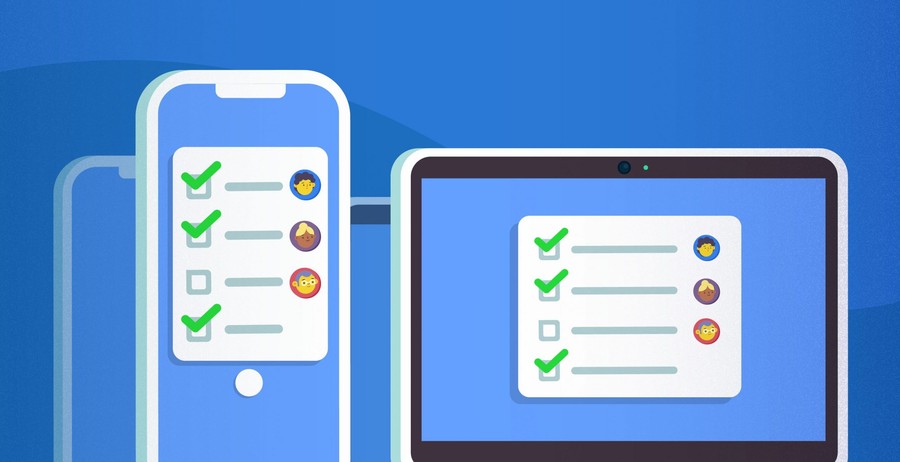The pandemic taught us that internet connectivity, even at rural areas is a must-have for day-today lives. During those period, we relied on broadband connection for paying bills, ordering clothes, reading the news and even consulting doctors. Mobile broadband has expanded connectivity coverage especially in developing and emerging countries; has enabled people to access services such as banking, health information, etc. Mobile broadband remains the main source of connectivity in low-income areas as deployment of 5G services in rural areas are expected to be financially and technically challenging. So, now let us see how 5G and rural connectivity is bridging the digital divide along with Reliable Mobile Network Monitoring Tools, Mobile Network Drive Test Tools, Mobile Network Testing Tools and Reliable Best wireless site survey software, site survey tools for wireless networks & Wifi site survey software app in detail.
The digital divide of rural communities is a significant problem in today’s connected world because infrastructure costs have limited hence the offering of fixed broadband (FB) Internet services in rural regions is challenging. To bridge the digital divide, fixed wireless access (FWA) in rural areas must be able to provide an end-to-end experience, in this regard, 5G can make a difference.
What is the Digital Divide or the bridging of the digital divide?
The digital divide broadens the gap between urban and rural people – people across urban will advance further as they can access high-quality education and information whereas the rural people will point even behind because of shortage of technology. Therefore, to meet the demand of rural and urban people (rich and poor), 5G or fifth-generation technology has rolled out across the globe.
With the help of 5G, digital India in rural areas can reach new heights not only in patient care and healthcare but also in smart devices, IoT, and AI that will help add new dimensions. 5G will also make especially urban people better able to handle medical emergencies for patients in general. A major solution to reducing the digital divide is to increase connectivity especially in rural communities – providing widespread internet access with 5G can help now with users who are unconnected previously, taking advantage of economic and learning opportunities.
With the reality of 5G increasing rapidly across the world, mobile services with powerful technology are reaching extraordinary levels around the world as 5G is deployed providing benefit too through improved services with 4G/LTE and access to more applications with 5G down the road even in rural areas. A more realistic 5G deployment for rural areas will be with transmission in long-range, low-bandwidth frequencies (the low and mid bands -600 MHz to 900 MHz and 2.5 GHz to 4.2 GHz, respectively).
What are the challenges in rural connectivity?
Rural areas relatively face poor connectivity which means it can be expensive and time-consuming for several businesses to collect the data they need to make better-informed decisions. For example, when it comes to food producers, farmers will spend thousands of pounds to collect soil samples manually, similarly, both residents and tourists in rural areas often struggle with slow rural connectivity or internet connections. 5G is the new generation technology that has the potential to address such challenges.
Solution with 5G –
Many rural projects are now adopting various standalone 5G and non-standalone 5G networks in different parts. For example, standalone 5G private networks can be used to provide connectivity to clusters of agriculture farms, similarly, non-standalone public 5G connectivity can provide to the villages.
Conclusion
5G network technology is a future-proof and cost-effective option to bridge the digital divide when it comes to rural connectivity. 5G is paving the way to faster mobile broadband speeds and more reliable connections, thereby benefiting the people with rural connectivity. It is also important to measure network connectivity on 5G/4G coverages to provide stable network connectivity all the time without any interruption. RantCell is one of the reliable yet cost-effective mobile phone-based software that can measure your network continuously even without physical involvement, and you can get test reports in real time through its web-based dashboard.












